World War I - The war at home
Although so many of the menfolk were away in continental Europe, life had to go on at home. The town was affected by the war in many ways, some changes were forced upon it, others others were willingly undertaken and required a small army of volunteers.
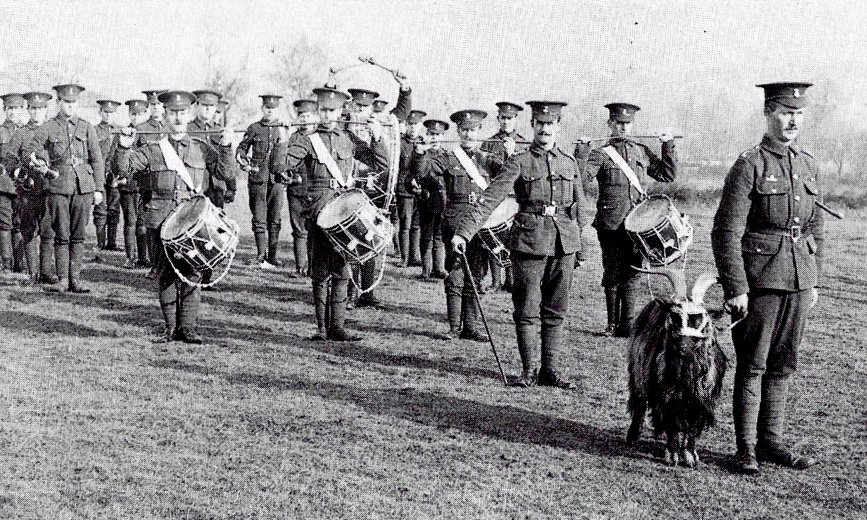
The arrival of troops and refugees
Between September 1914 and May 1915 up to 5,000 men passed through the town on their way to the front lines, at one point nearly doubling its population.
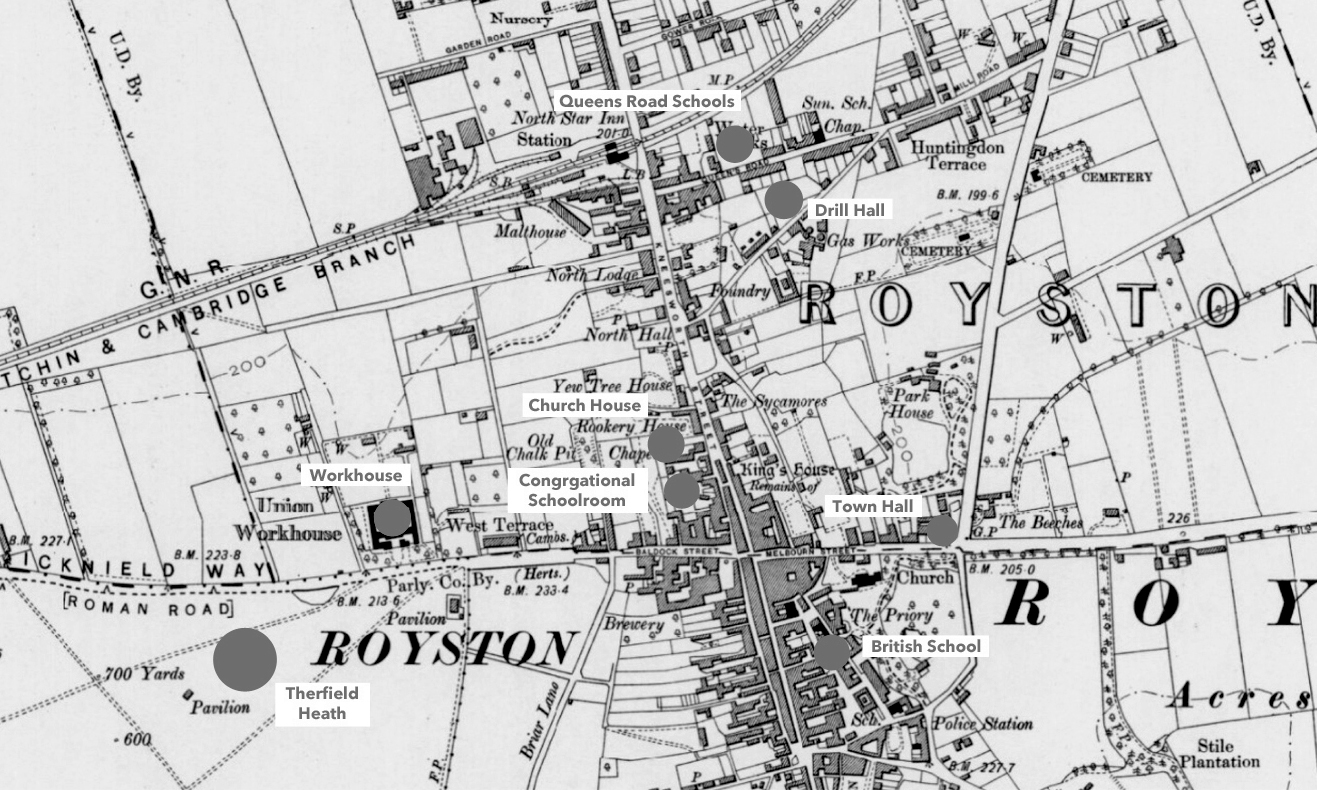
Royston’s use by the military
Different buildings were commandeered to house troops or as activity centres, such as mess halls and meeting rooms. Some were to play a prolonged part in supporting troops throughout the war.
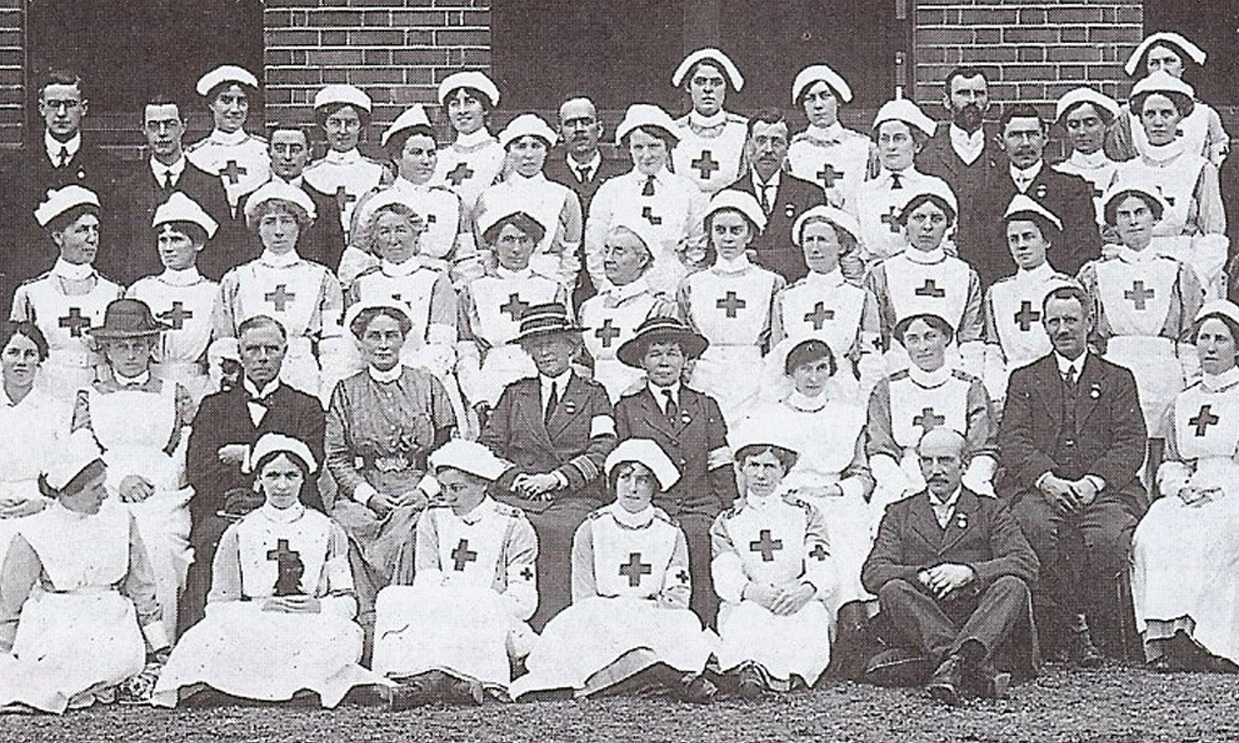
The soldiers’ hospital
The Auxiliary Hospital received its first patients in March 1915 and by the time it closed in December 1918, had cared for over 2,400 men.
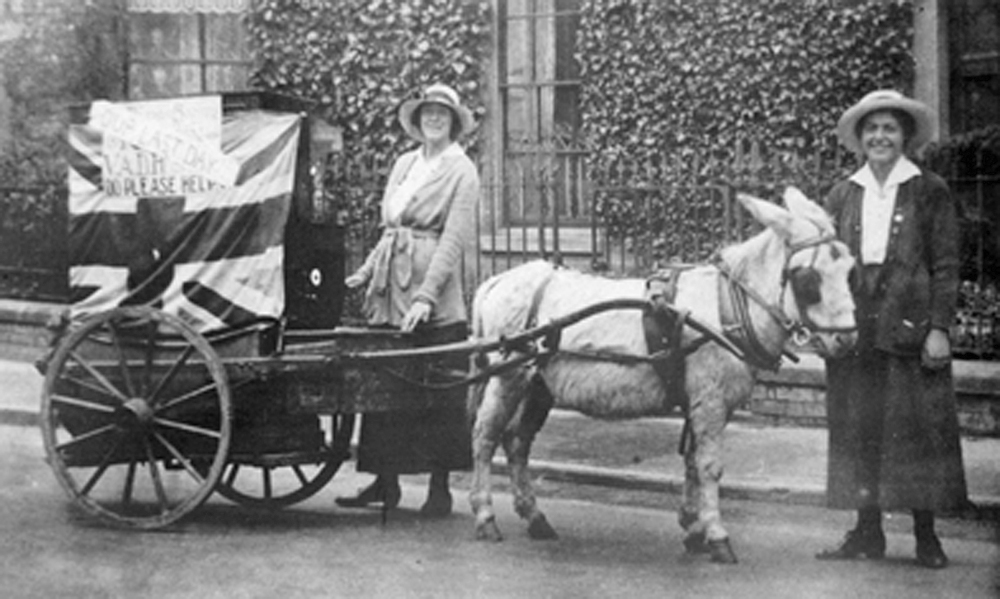
Fundraising
Fundraising gave those still at home a direct link with those who were putting themselves in harms way and preserved a sense of common goals. While only modest amounts were collected from each event, when added to those from all over the country they amounted to a considerable sum.
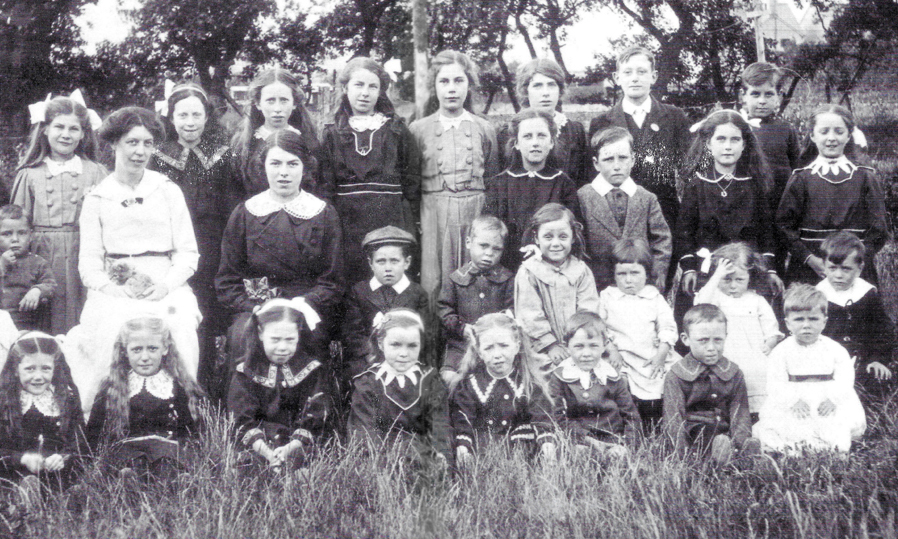
The children’s war
Children saw their lives affected by the conflict in many different ways. They lost their fathers and brothers to the fighing on the front, some never to return. On a day to day basis their education, in particular, was affected as many of their schools were commandeered. There was also the excitement of so many troops coming through the town before going to the fighting.
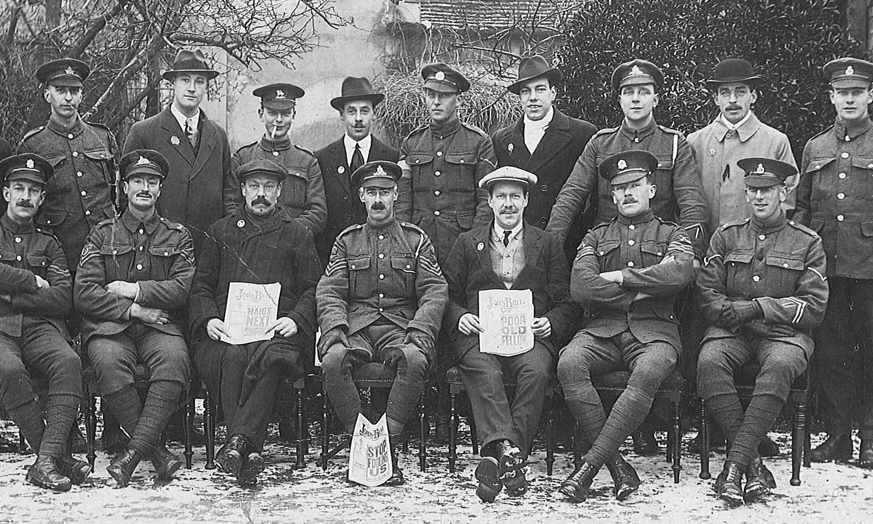
Home on leave
This photograph, taken in Stamford's Yard on Boxing Day 1917, was to a great extent the inspiration for the What Royston Did project. Seeing photographs like this encouraged the project team to learn more.
News of the war
The newspaper for Royston at that time was the “Herts & Cambs Reporter” which incorporated the “Royston Crow”. The paper was published every week during the conflict although, because of a shortage of paper, it was reduced to four broadsheet pages. Copies made their way to those at the front, boosting moral and keeping them abreast of happenings at home.
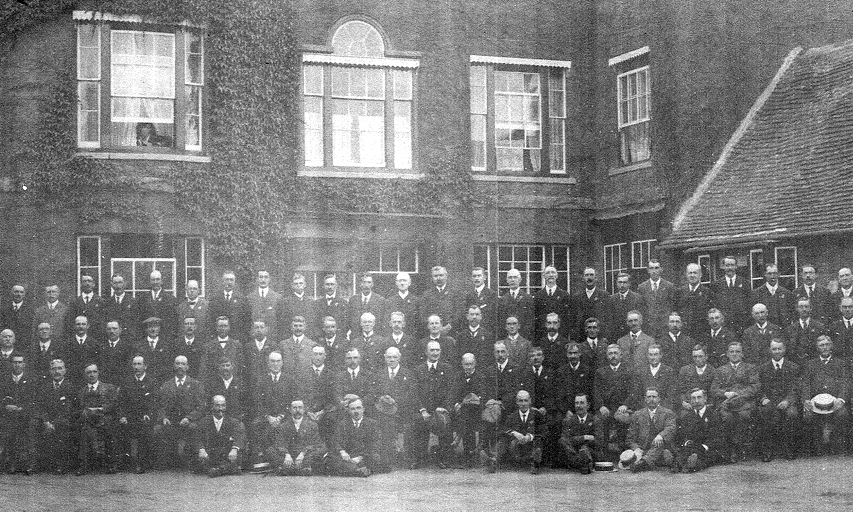
Life goes on
Daily life in the town did not cease to function during the conflict. In some respects it carried on as it always had. In other ways it was changed forever and some of the aspects of life which were altered because of the war are still with us today.